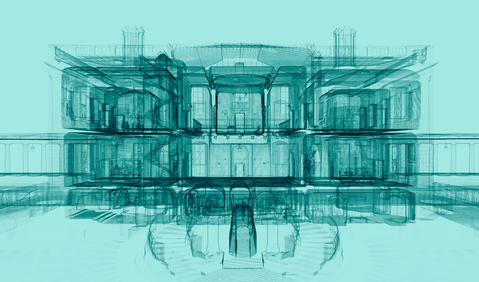Spatial Modelling Research Group

Captivate uses remote sensing technologies to build high fidelity digital models of cultural heritage for conservation, museological and pedagogical purposes.
Addressing debates in relation to data ontology, the interdisciplinary work of Captivate enables new modes of engagement with sites and objects of historical significance to be developed and tested. The combination of visual and audible methodologies and expertise brings new insights and opens up avenues of investigation for research, further facilitating national and international networks.
Captivate approach objects in such a way as to challenge formal representation – investigating the object as data set, where sound and the diffuse temporality of noise are incorporated.
General Themes we think about:
- Making the Familiar Unfamiliar
- Noise and Periphery in Architecture
- Position of Subjectivity in Digital Heritage
- New forms of engagement (attracting new audiences) with time and space, with objects and with historical narratives
- The entanglement of mediated fragments/objects across non-linear time
- Digital Heritage history/archaeology/architecture
- The importance of sound, as mediated phenomenon as well as an organising principle
- Post-industrial soundscapes (Untold Histories)
- Community engagement through audiovisual articulation
Using high tech scanning and drone technology, The Captivate: Spatial Modelling Group is committed to inhabiting the space between the real and the virtual. The work aims to reanimate sites of cultural interest and value. The key objectives of the work are:
- To question the theoretical and practical connections between actual and virtual heritage environments
- To make more visible and accessible sites of historical interest
- To develop new and innovative ways of communicating the significance of art and culture
- To initiate programmes of education that can be understood by all and which bring to life historical antecedents and future opportunities
- To deploy arts & humanities methods to technical and commercial environments
- to develop cultural capital/literacy in such a way as to enhance citizen engagement and belonging
- To bring Universities into closer alliances with cultural institutions and commercial operators
- To engage local stakeholders in supporting the visitor economy